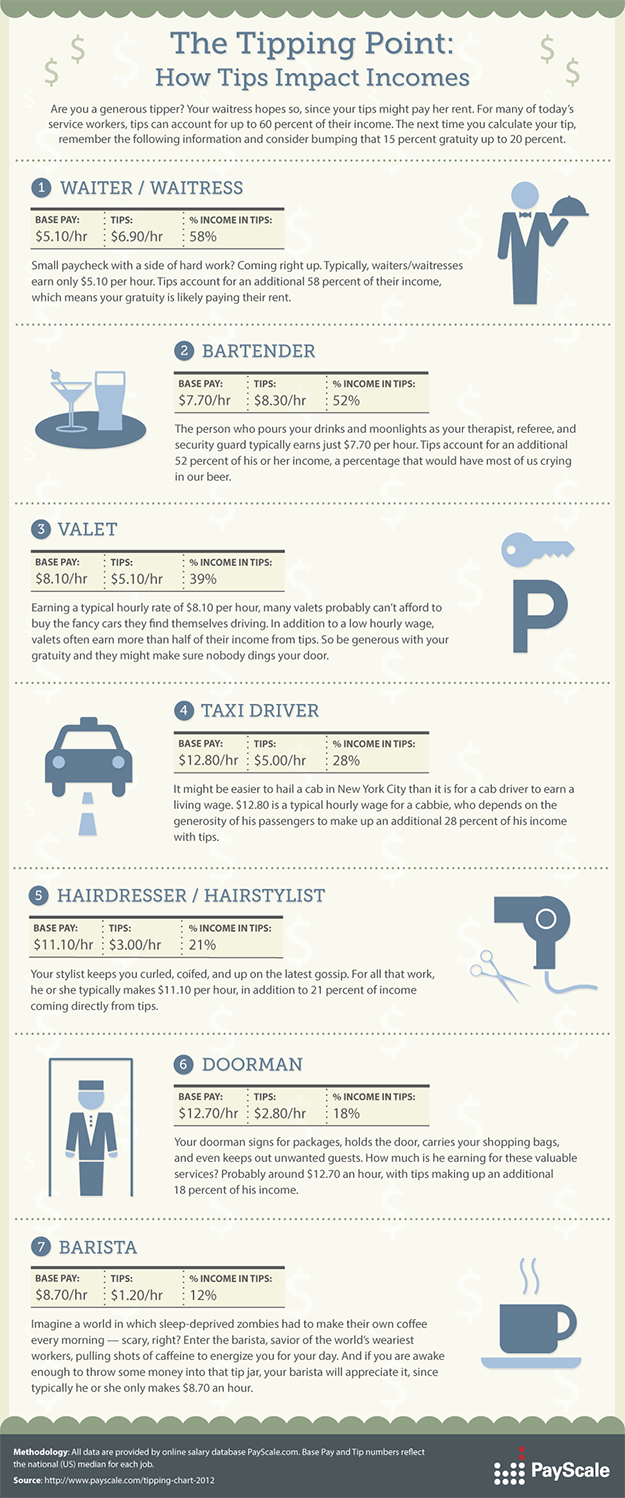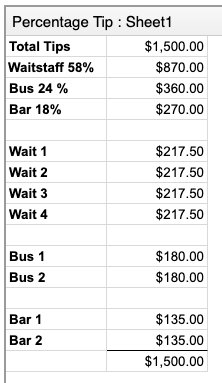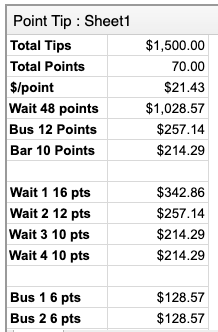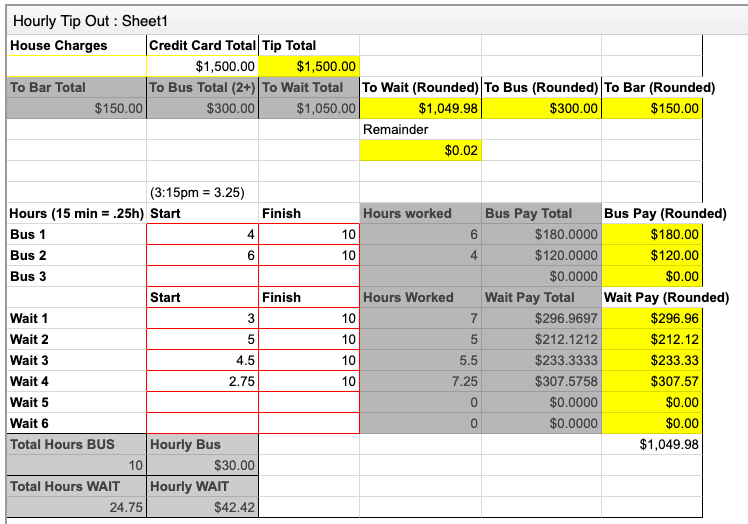Why should you tip pool?
Creating a culture where pooling tips is the norm can have some great benefits to your restaurant. The standard guest dining experience can be streamlined with a group dynamic and equal team contribution. For example: One waitperson is deep in the weeds, and another waitperson’s section is quickly clearing out, or the bar has been empty and not many drinks are flowing that evening. That person’s section could be neglected while everyone else stands around. With tip pooling, the other staff members who are less busy have the motivation to step in and run food or take an order to better those guest experience and provide a higher quality of service, thus earning a greater tip for the entire team.
Having a team focused restaurant culture can improve efficiency. When you operate as a team, everyone has a job, but that isn’t to say that is the only job they will or should do that shift. If you need to turn a table for a guest in the lobby, it should be all hands on deck. Just because you aren’t the bus person or that isn’t your designated “job” doesn’t mean you shouldn’t help. Knowing that your staff will all make more money by seating more guests should provide the motivation to help out wherever it’s necessary.
Tip pooling holds your staff accountable. Your restaurant can have the best food in the world, but if the guest dining experience is ruined by poor service, it won’t matter. The only thing they will remember is how Johnny took 15 minutes to take their order or how their $30 steak is now cold and “overpriced” because it died on the pass waiting to be run. Having accountable staff and a team-focused culture will make it very hard for that instance to happen.
If your establishment decides to tip pool, creating a streamlined process distributing tips is necessary. Having the staff do the paperwork at the end of the night is one less thing the manager needs to worry about, but can create some ambiguity among the waitstaff. The best way to combat that is with transparency and a decisive standard operating procedure. Whether the manager or staff fill out the tip pool “sheet” at the end of the night, here are three possible guides:
Percentage basis: Potentially, the easiest way to distribute tips is by a percentage basis. Every staff position in the Front of the House, excluding the manager or matrie’d, has a percentage associated with the position. In many restaurants, this is the easiest way to distribute tips. It is fairly easy to understand and straight forward for whomever is doing the calculations. For example, say a typical restaurant that is open from 3-10 every day has four waitstaff, two bartenders, and two bussers. A typical distribution could be: 18% to bar, 24% to bus, and the remaining 58% goes to waitstaff. This is, however, dependent on the duties of each person, but for this example let’s say this is a fair service distribution. On an average night, we assume $1,500 is collected in credit card tips. If additional cash tips are collected, they should be appropriated in the same manor. Breaking those numbers down it looks as such:















